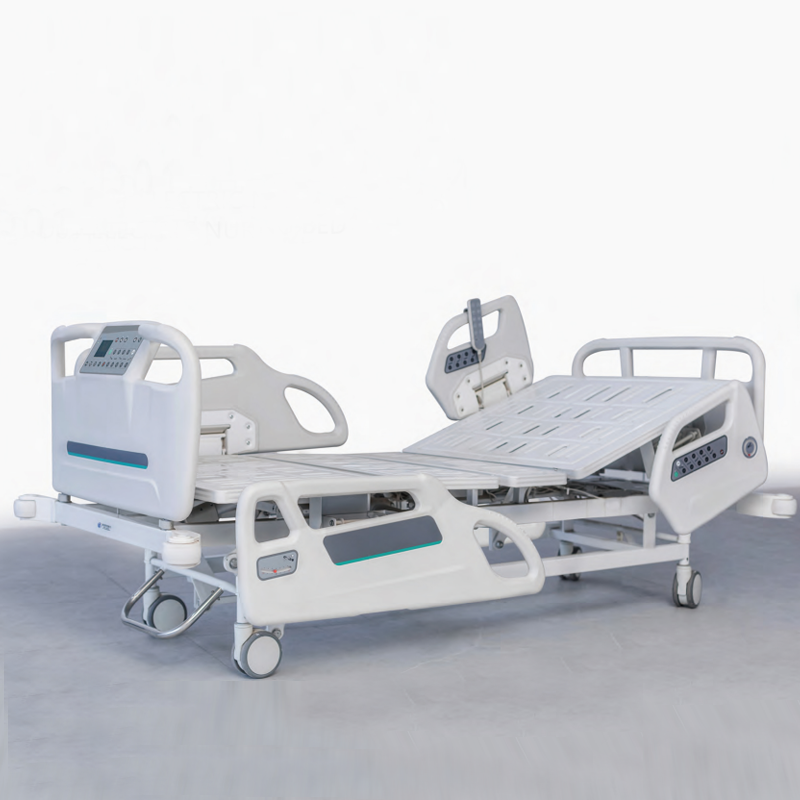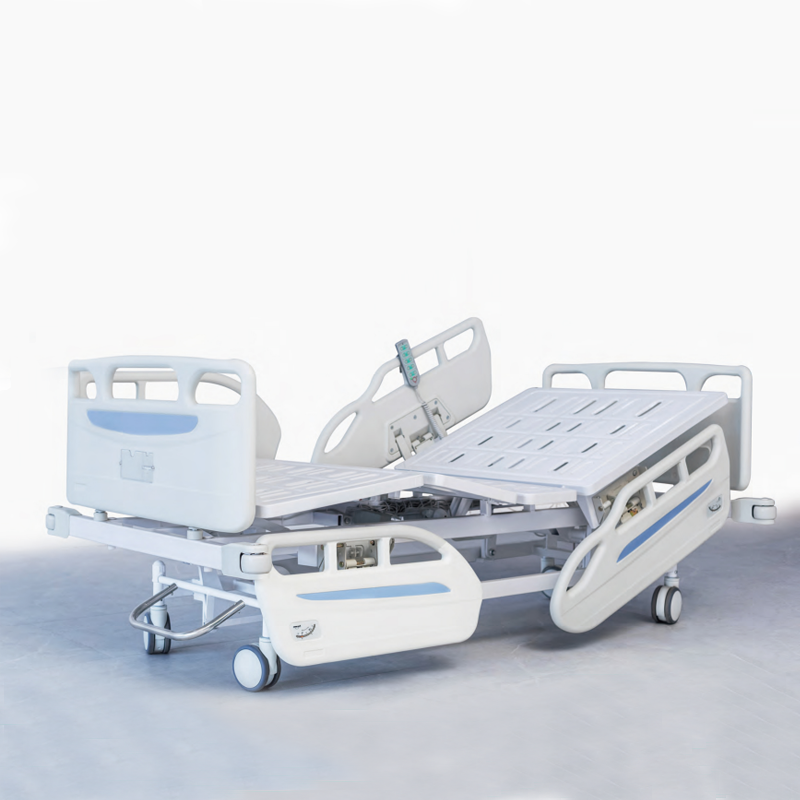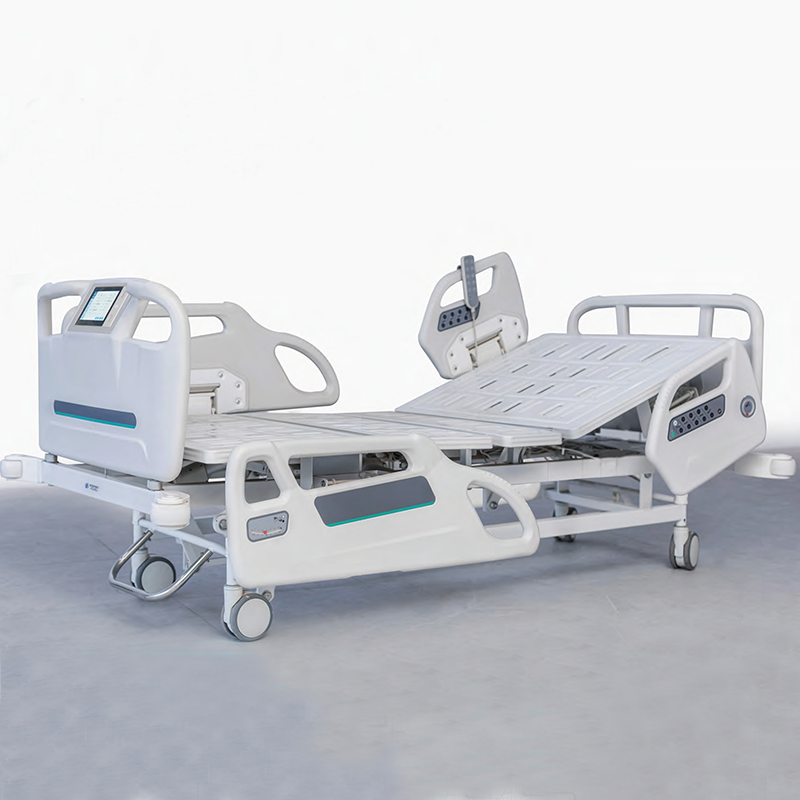The electric hospital bed for intensive care is a pinnacle of medical engineering, meticulously designed to support the complex and dynamic needs of critically ill patients and the clinical teams managing them. Its fully electric and often dual motor system allows for swift, silent, and precise positioning, which is fundamental for performing medical procedures, managing intracranial pressure, improving oxygenation, and providing frequent repositioning to prevent complications. Key functionalities such as Trendelenburg and reverse Trendelenburg are essential for circulatory and respiratory support. The bed's frame is constructed from high tensile materials to withstand the constant load of attached medical equipment and the physical demands of a high stakes environment. Critical safety features include a rapid CPR release mechanism, advanced braking systems, and comprehensive, easy to manage side rails. Furthermore, these beds are designed with a low height profile for fall prevention and a high raise capability for ergonomic caregiver access. Integration capabilities are a hallmark, with options for built in patient weighing scales, battery backup for power failure scenarios, and data ports for patient monitoring systems. The design prioritizes aseptic techniques with seamless surfaces and minimal joints. This combination of robust functionality, advanced safety, and clinical integration makes the intensive care electric bed a vital asset in enabling high quality, efficient, and safe care for patients with life threatening conditions.


